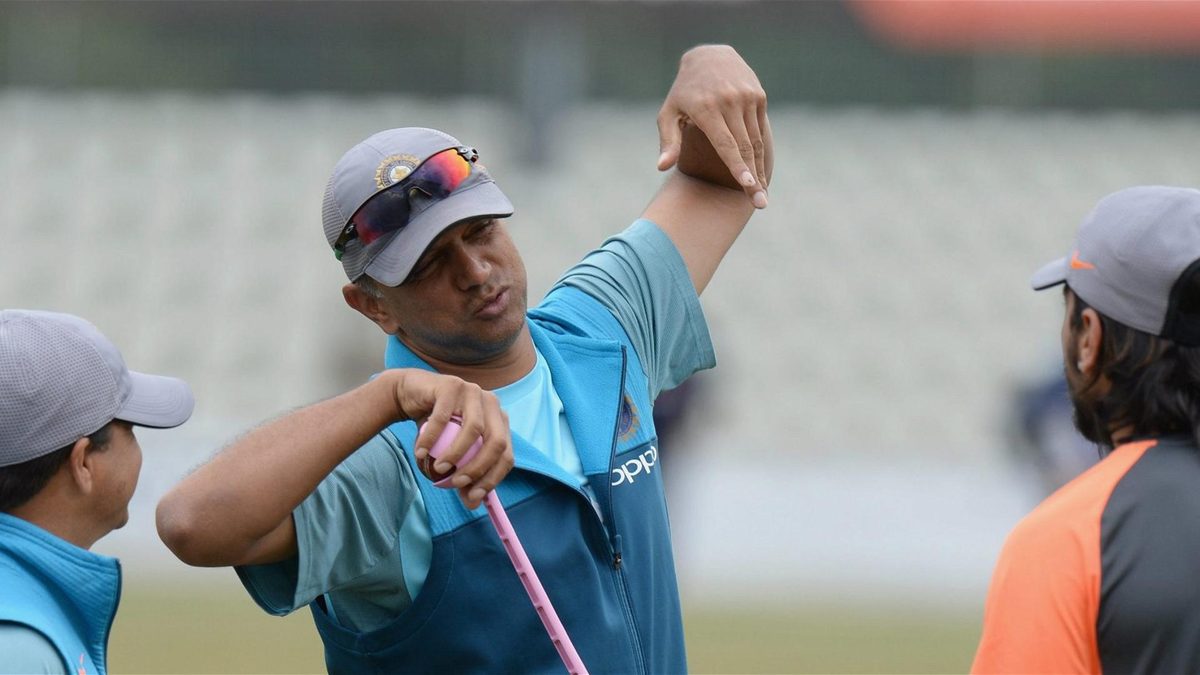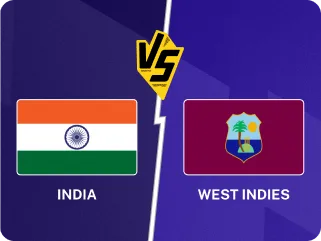
The conditions in England were tough for batting, Rahul Dravid acknowledged, but India ‘could have won the series’ with better application on the part of all the batsmen apart from Virat Kohli.
Kohli, the India captain, topped the batting chart across teams with 593 runs, well ahead of second-placed Jos Buttler, who had 349. But the rest of the Indian batsmen, bar the occasional show of class from Cheteshwar Pujara and Ajinkya Rahane – before KL Rahul and Rishabh Pant scored centuries in the last Test with the series already gone – did little of note when it mattered.
That undid the good work of the pace attack led by Ishant Sharma, who kept England on a tight leash for the most part.
""="" width="768px" height="432px" srcset="" sizes="(max-width: 800px) 100vw, 800px"> Dravid called India’s fast bowling in England “the stuff of dreams”
“Firstly, the point I would like to make is that there were pretty tough conditions (in England),” Dravid told CricketNext. “I know it is very easy to be critical about people, but those were not easy batting conditions in England this time.
“Other than Virat Kohli, who was head and shoulders above everyone else, both teams found it difficult. Having said that, I think that the team will feel that this was an opportunity missed because of how well the bowlers were bowling.”
Sharma picked up 18 wickets, Mohammed Shami 16 and Jasprit Bumrah 14, all of them finishing in the top five among the wicket-takers for the series.
“They will look back and feel that if we had batted a bit better in some key situations or maybe push through and scored a few more runs, we could have won this series,” said Dravid. “It will seem for the boys like – and even for us who are involved in India cricket in some ways – we will look at this slightly as an opportunity missed.”
",="" said="" dravid"="" width="768px" height="432px" srcset="" sizes="(max-width: 800px) 100vw, 800px"> Virat Kohli was “head and shoulders above everyone else”, said Dravid
Dravid argued that the batsmen have been playing too much white-ball cricket to be as good as they could be in red-ball cricket.
“Just the amount of white-ball cricket that the boys are practising, maybe they are not practising as much red-ball cricket as they probably were in the past, and that is bound to have some level of impact when conditions get a bit more difficult, get a bit more challenging, whether it is swing or seam or spin or it could be anything,” he pointed out.
“For example, we went to England on the ‘A’ tour and some of the boys had not practised with a red ball for seven months, because when the Ranji Trophy finished in December the teams that got knocked out early, they had no chance because there was a domestic one-day competition, there was a [T20 competition] followed by the IPL … Now that is a long time.”
""="" width="768px" height="432px"> “I think that the team will feel that this was an opportunity missed”
From that batch of ‘A’ cricketers, who Dravid coaches along with the Under-19 boys, Pant has just made the move up to Test cricket, and shone bright in the final Test with a stroke-filled century.
“You see a young kid come through and perform the way they do, Rishabh does what he does or a (Hanuma) Vihari did what he did, or young Khaleel Ahmed the other night [in the Asia Cup] – to see some of them come through and the joy it brings to their faces … it gladdens your heart,” said Dravid.
“I might be a coach, but I am a fan in that sense of the word as well. When you see a young Indian talent come through, you feel good about it.”








